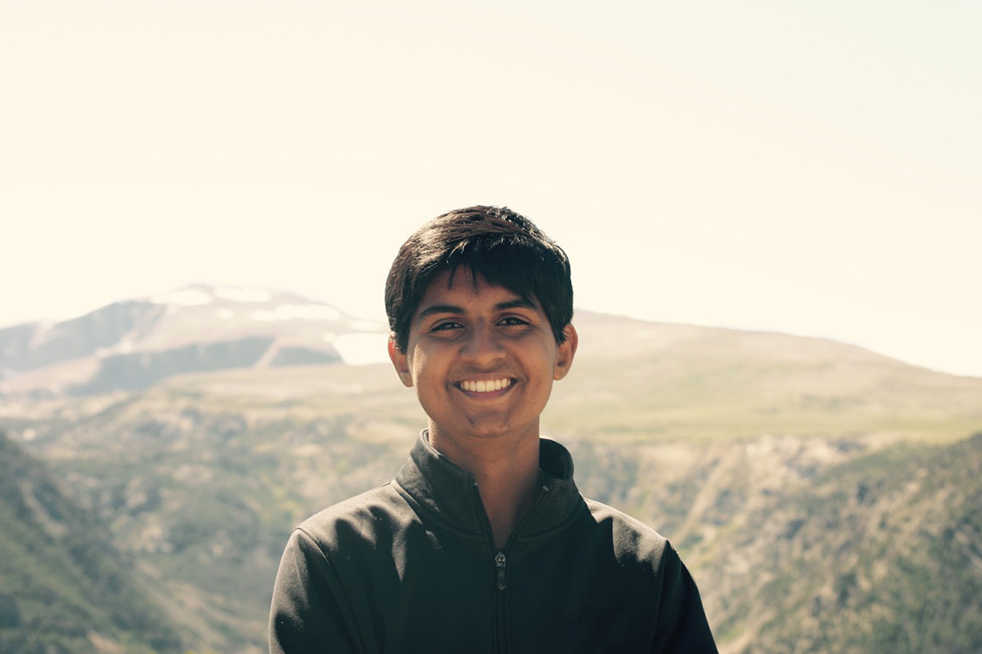Sports and American higher education are inextricable. The former is fundamental to fostering school pride, providing thousands of jobs nationwide and extending often underprivileged students the chance to earn a free education with their athletic talent. Of course, the National Collegiate Athletic Association (NCAA) also represents an industry in which high-revenue football and basketball teams bring in gaudy revenue. That money goes towards new stadiums, better practice facilities, and the generous salaries of head coaches. Not a cent goes to the players. This has finally begun to change with cases like O’Bannon v. NCAA and Northwestern University’s football team unionizing.
Colleges and the NCAA respond that their players are students first and athletes second; they are amateurs who are compensated via a scholarship. This education doesn’t come without strings. Academic scandals have marred the reputations of many institutions because athletes have been funneled through a series of insipid coursework designed to artificially raise their GPAs so they can focus on what “really” matters: the big game. Should an athlete suffer a career-ending injury, his or her scholarship is suddenly in limbo — a remarkably transactional approach for an organization that prides itself on “safeguarding” the interests of athletes.
Nevertheless, a fully subsidized education can be incredibly meaningful, particularly athletes who would otherwise be unable to afford college. Many do take advantage of the opportunity presented to them and find success, regardless of whether they become professional athletes. So, unlike so many others, I will not use this space to advocate that schools pay their athletes. The NCAA’s restrictions are not only unfair, but directly contrary to its self-stated mission: to ensure that student-athletes are well-prepared for life after college.
Collegiate athletics’ most draconian restriction is arguably the inability for players to profit from their own likeness. For years, colleges and the NCAA itself have profited from the success of their athletes; popular video games offer uncanny versions of athletes (the crux of the aforementioned O’Bannon class action), complete with accurate skill traits. Meanwhile, successful universities cash in with significant television contracts. University of Georgia wide receiver A.J. Green was suspended for four games in 2010 for auctioning his jersey. Meanwhile, the school sold fundamentally the same thing without offering him a cent. Green is now an NFL star, and despite his suspension, the Cincinnati Bengals didn’t shy away from picking him early.
But A.J. Green represents the elite few who are incredibly gifted, manage to avoid injury, and succeed at the next level. For most college athletes, making money from their own likenesses can be vital to buying necessities as food and clothing. The current system doesn’t even allow coaches to use their considerable wealth to fill these gaps; legendary North Carolina State basketball coach Jim Valvano once bought an impoverished player a round-trip plane ticket home so he could attend his grandmother’s funeral. Per the New York Times, the basketball program was sanctioned for this impermissible benefit. Perhaps these restrictions were initially well-intended, but safeguards have morphed into obstacles. Just as an English major at school on scholarship can write a book using the university’s resources and then publish it without backlash, there’s no reason a talented basketball player shouldn’t be able to parlay his on-court ability into a compensated autograph session, should the demand exist.
We have seen significant progress in the rights of student-athletes. Long the unappreciated cog in college athletics’ money-making product, it’s time to offer them more than respect: a share of the pie. Compensation is difficult; the counterarguments are clear. Is it fair to pay a college football player as much as a college volleyball player, if the former brings in more money than the latter? How does a salary affect the workman’s compensation debate (after all, the term ‘student-athlete’ was coined to avoid such payments)? But giving each student the chance to profit from his or her likeness isn’t just simple; it is as the free market would intend. The lessons learned from cultivating and maintaining a brand, the fundamentals of entrepreneurship, may even finally provide a meaningful step towards the NCAA’s goal of a meaningful education.
